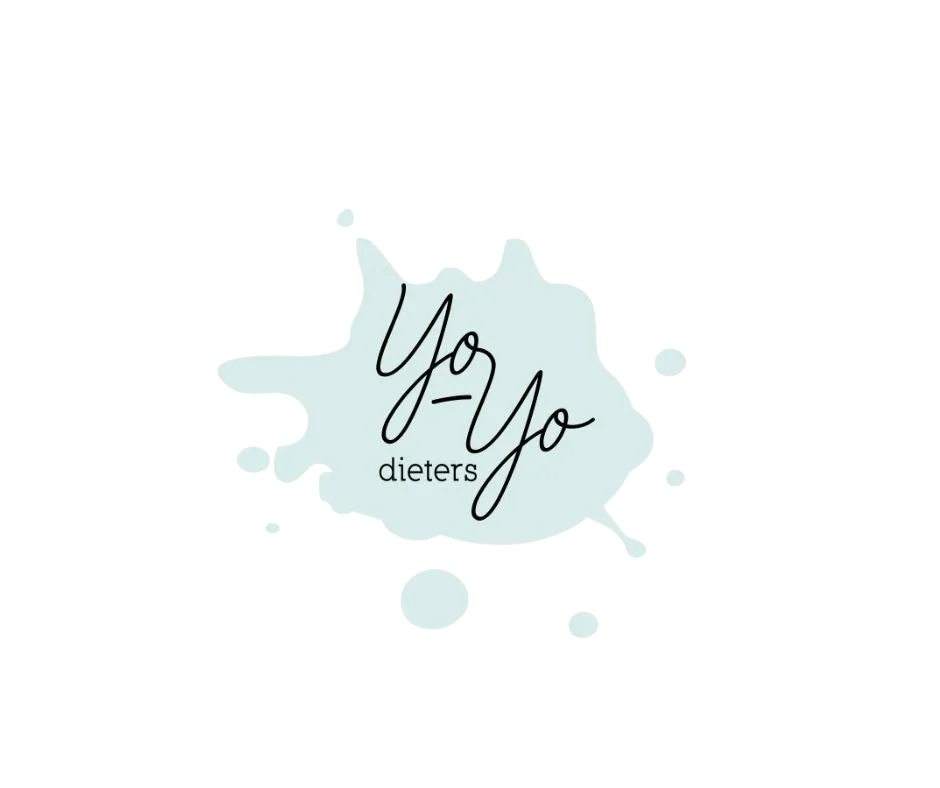
Intuitive Eating vs. Dieting: Finding Your Balance
In a world obsessed with diet culture, intuitive eating emerges as a refreshing alternative. But what exactly is intuitive eating, and how does it differ from traditional dieting? Let's explore these two approaches and discover how to find the balance that works for you.
Understanding the Difference
Traditional Dieting:
External rules and restrictions
Calorie counting
Food categorization
Time-based eating
Weight-focused goals
Intuitive Eating:
Internal wisdom
Hunger/fullness cues
Food freedom
Body trust
Health-focused approach
The 10 Principles of Intuitive Eating
Reject Diet Mentality
Let go of diet books
Ignore quick-fix promises
Release the guilt
Trust your body
Honor Your Hunger
Recognize hunger signals
Respond promptly
Maintain energy
Prevent overeating
Make Peace with Food
Remove food restrictions
Allow all foods
End the deprivation cycle
Trust yourself
Challenge the Food Police
Question food rules
Remove moral judgment
Accept food neutrality
Release guilt
Discover Satisfaction
Enjoy your food
Savor flavors
Create pleasant environments
Find food pleasure
Breaking Free from Diet Culture
Recognize Diet Mentality Signs Include:
Good/bad food labeling
Rigid eating rules
Guilt after eating
Constant food thoughts
Build Body Trust Steps:
Listen to hunger
Notice fullness
Observe energy
Track mood
Practice Self-Compassion Include:
Kind self-talk
Acceptance
Patience
Understanding
The Transition Process
Starting Points Begin With:
Meal timing awareness
Hunger scale use
Mindful eating
Food journaling
Common Challenges Address:
Fear of weight gain
Loss of control
Social pressure
Old habits
Support Systems Develop:
Professional guidance
Community support
Educational resources
Personal tools
Practical Implementation
Daily Practices Include:
Body checking
Hunger assessment
Satisfaction rating
Movement joy
Meal Approaches Practice:
Mindful eating
Portion awareness
Food variety
Pleasant environment
Progress Monitoring Track:
Energy levels
Mood changes
Sleep quality
Physical well-being
Creating Your Balance
Personal Assessment Consider:
Current relationship with food
Health goals
Lifestyle needs
Personal values
Customized Approach Develop:
Individual strategies
Flexible guidelines
Recovery plans
Success metrics
Ongoing Adjustment Include:
Regular review
Strategy updates
Need assessment
Goal alignment
Action Steps to Start Today:
Begin Observation Track:
Hunger patterns
Fullness signals
Food satisfaction
Energy levels
Create Support Build:
Professional team
Support network
Resource library
Tool collection
Start Small Choose:
One principle to practice
Simple tracking method
Daily check-in time
Reflection process
Remember: The journey from dieting to intuitive eating is personal and unique. There's no perfect way to eat – only what works best for your body and life.
